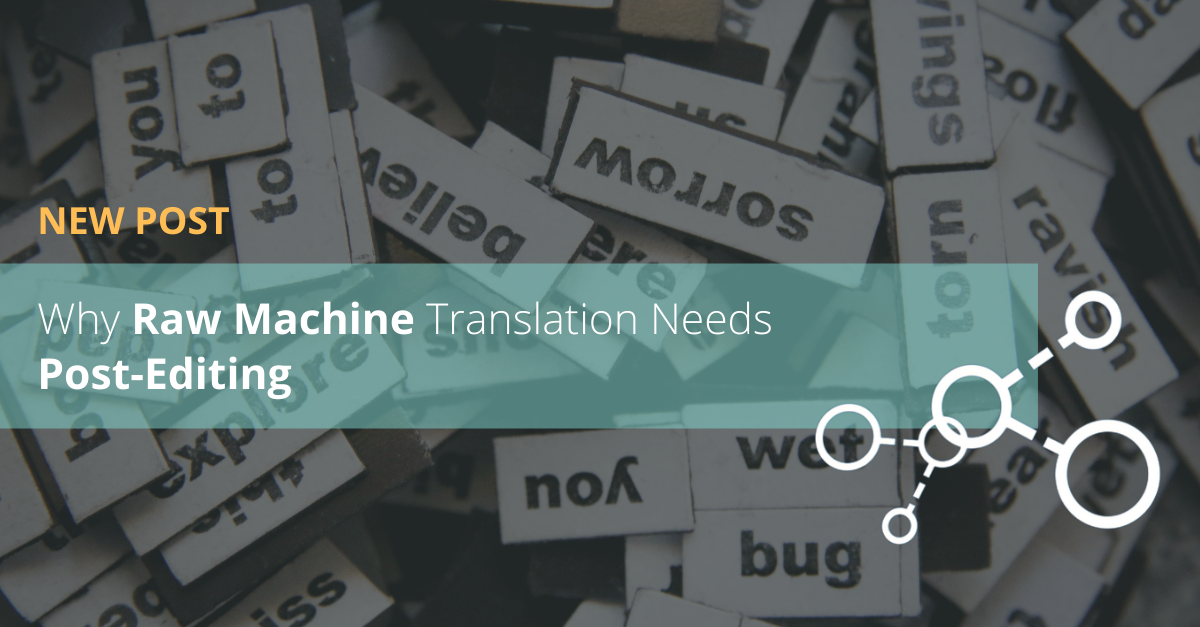One of the most challenging parts of using machine translation output is post-editing it. Post-editing occurs after the text has been translated using machine translation services.
At Pangeanic, we are experts in customizing machine translation engines for specific domains to make the translation process faster, more efficient, and cheaper. The reason for this is because machines do not possess the human ability to interpret meaning based on contextual information. Although machines can convert significant amounts of text from one language to another within a considerably short period of time, there are still downsides to the process.
Times have changed since machines began to translate. The first methods involved programming using a variety of grammar rules and a full dictionary. The next approach was about selecting the sentences and words that were most likely to be correct using statistics. This actually had a higher accuracy rate than the previous method, however, it was still not 100% correct. Nowadays, machines use artificial neural networks to translate content with near-human results. This method has replaced the classical rule-based systems with models than learn from examples, similarly to humans.
Quite often there will be some words that are just not being used in the right context and it takes a human to recognize and fix this. In some ways, it is reassuring to know that humans are not yet replaceable with machines. Every industry is looking for ways to become more efficient, and the translation industry has not escaped the trend. There is always more pressure to go faster, to produce more, and for less. Customers will always want faster results for less payment.
Quite often, there is not enough time scheduled for translation and projects are done very rapidly, and at the last minute. Although post-editing is not a fast process, it is something that needs to be done to produce a quality and fully readable document. Without it, the results produced by machine translation are not fully usable and could even communicate something that is very different to the intended meaning.



